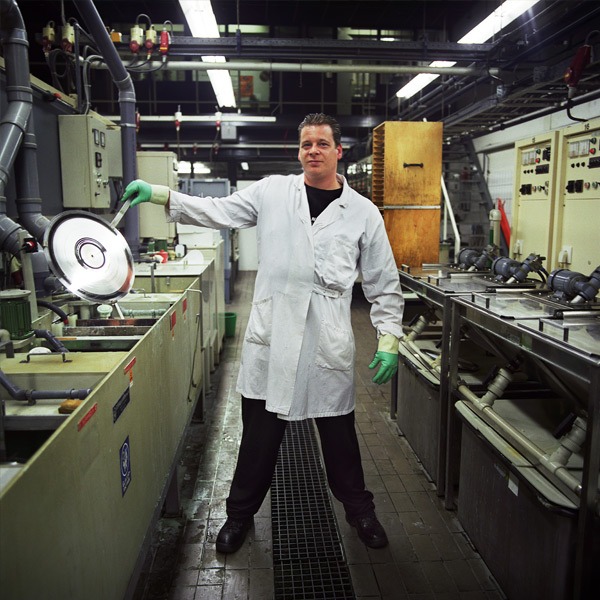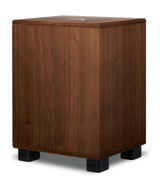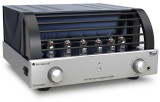How Records Are Made
How Records Are Made...

With the current constant upward trend in record sales the established record pressing plants are being kept very busy.There are also new pressing plants being set up around the world to keep up with demand.
In 1877,Thomas Edison was credited with inventing the phonograph,the first device to both record and playback sounds.It recorded sounds directly.It recorded music directly as indentations on a sheet of tin foil wrapped around a grooved cylinder,which would move the needle across the indentations,vibrate the mechanical diaphragm accordingly and reproduce the sound.
It wasn't until the early 20th century that the cylinder was replaced by the flat disc record we use today.But even then sounds were recorded directly,mechanically onto the disc."Acoustical" recordings like this relied on a large horn to vibrate,so too did the stylus which transcribed the vibrations onto a hand-cranked wax disc.The result was a low-fidelity recording with low volume.
It wasn't until 1925 that the audio input was put through a mic and amp to boost the dynamic range and volume without relying on the physical attributes of a horn.These 78 rpm records were seen as a great technological leap over the hand-cranked predecessor.
The quality of recordings improved vastly in the 1950's with the introduction of 33 rpm records,which held about 25 minutes of music a side,and audio tape,which could be easily edited and it's sound optimised in post production then dubbed onto a master disc for reproduction.This master disc is known as an acetate or lacquer disc.And unlike mass produced vinyl recordings which are moulded,the master disc is physically cut,it's grooves gouged out by a record-cutting machine's needle whose mechanical motion is guided by an audio input.The grooves are routinely checked during the cutting process to ensure a proper depth of cut and to adjust volume and pitch on the playback.A metal cast is then made of the lacquer.
Originally,the lacquer was coated in an extremely fine layer of electrically-conductive graphite to which silver or nickel was then plated.Once the plate was thick enough,the wax was stripped away leaving a sturdier metal mould.Modern techniques involve dipping the disc into a solution of stannous chloride and then spraying on atomised silver.The conventional plating bath technique is also still widely used but is not as acoustically accurate.
After the initial silver plating has hardened a layer of fine-grained copper is applied,followed by a layer of more robust,coarse-grain metal like steel.Once enough metal has been applied to support the silver plate,the lacquer is smashed free of the mould,leaving the metal negative or "Matrix"
The Matrix is still pretty maleable so it must be recast once more before it can begin pressing vinyl.A metal record known as "The Mother" is cut from the Matrix and then replted to create another negative known as the "Stamper".And since the Mother is cut from a metal such as copper it can withstand multiple recastings to churn out multitudes of stampers,which are then used to press the actual production records.
Each stamper,which is attached to an autonomous 100 tonne hydraulic press,works essentially like a waffle iron and can churn out 1,000's of records before needing replacement.A sheet of pre-heated vinyl roughly half the area but 3 times the thickness of a finished disc,known as the biscuit,is slipped between the jaws of the press,300 degree steam is then applied to further soften the material before the jaws close,and squeeze the hot vinyl into it's final shape while imprinting the audio.The disc is then cooled and hardened in a water bath and then labelled - all of which is done automatically.
Once it comes off the stamper,the record's edges are trimmed into a neat circle on an automatic trimmer table and the record is then inspected,both visually and audibly.Many presssings are faulty and are melted down to be restamped.The quality LP's are packaged and shipped.


Recent Posts
-
Advance Paris Audio Now At Stereophonic
**Unveiling the Marvels of Sound: Advance Paris Audio Brand** In the realm of high-end audio, w …31st Oct 2023 -
The New REL Classic 98 Sub Woofer
IntroductionIn the world of audio, the quest for deep, impactful bass is never-ending. Audiophiles a …7th Oct 2023 -
World-Class PrimaLuna: Elevating Your Audio Experience
Introduction to PrimaLunaIn the pursuit of high-fidelity audio, audio enthusiasts are constantl …30th Jun 2023



